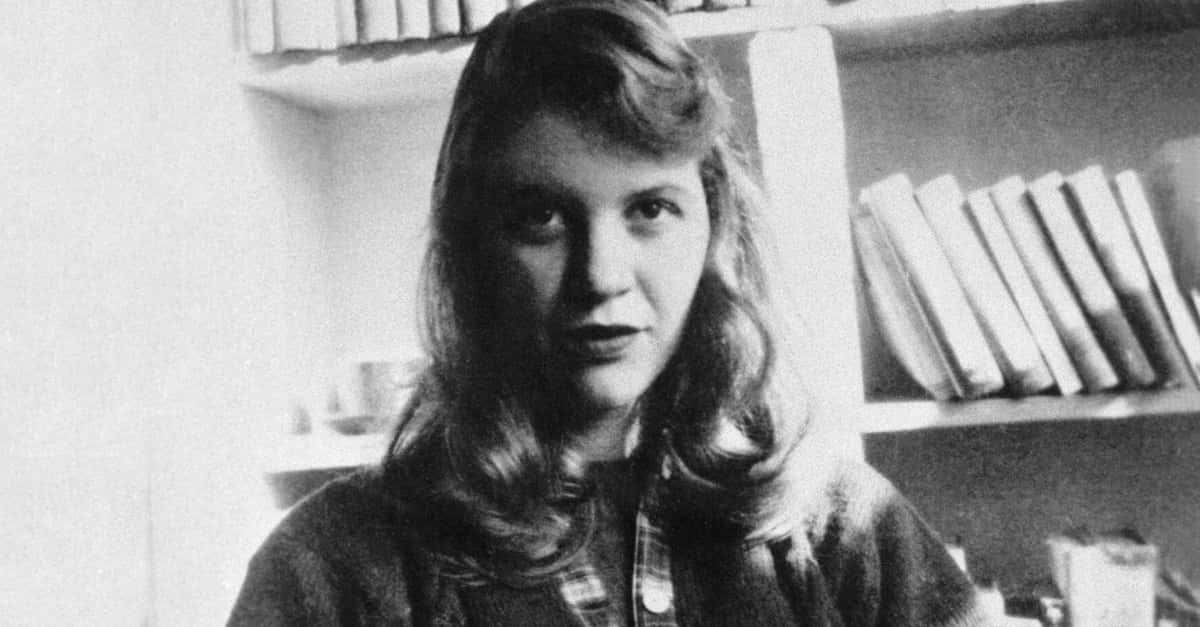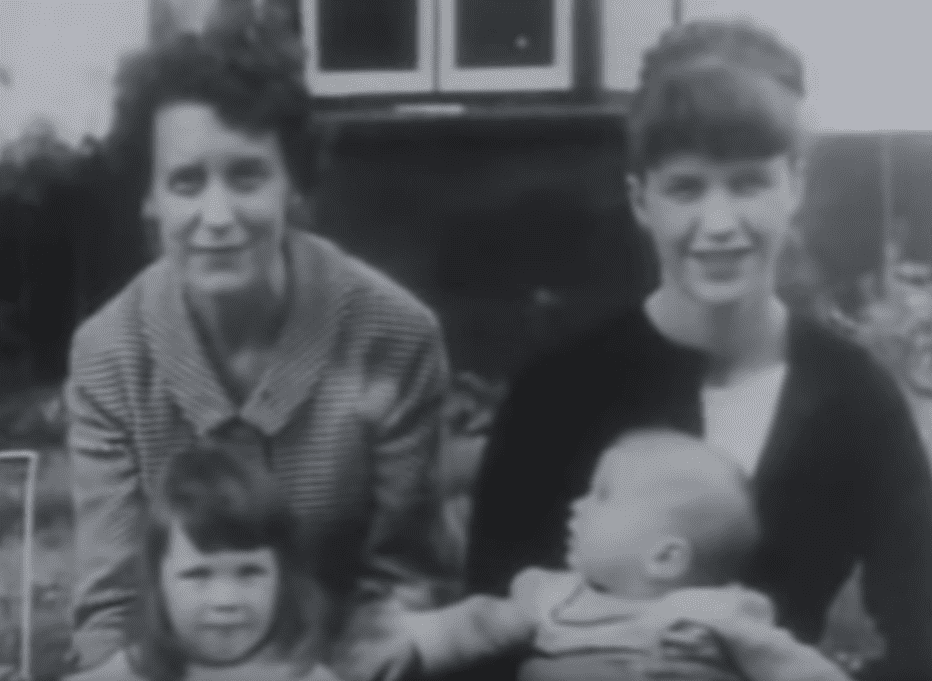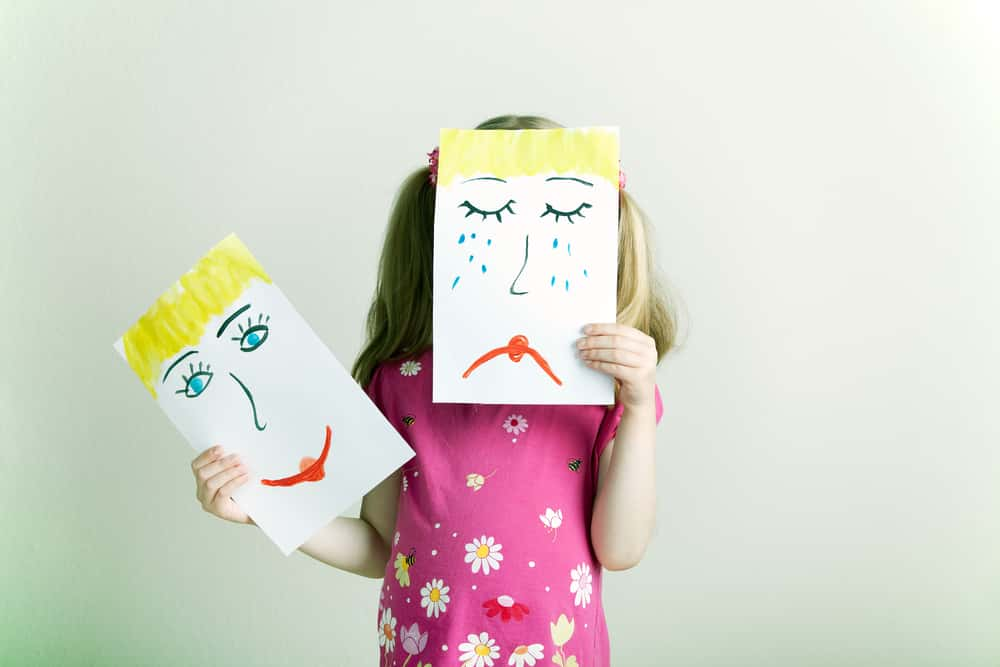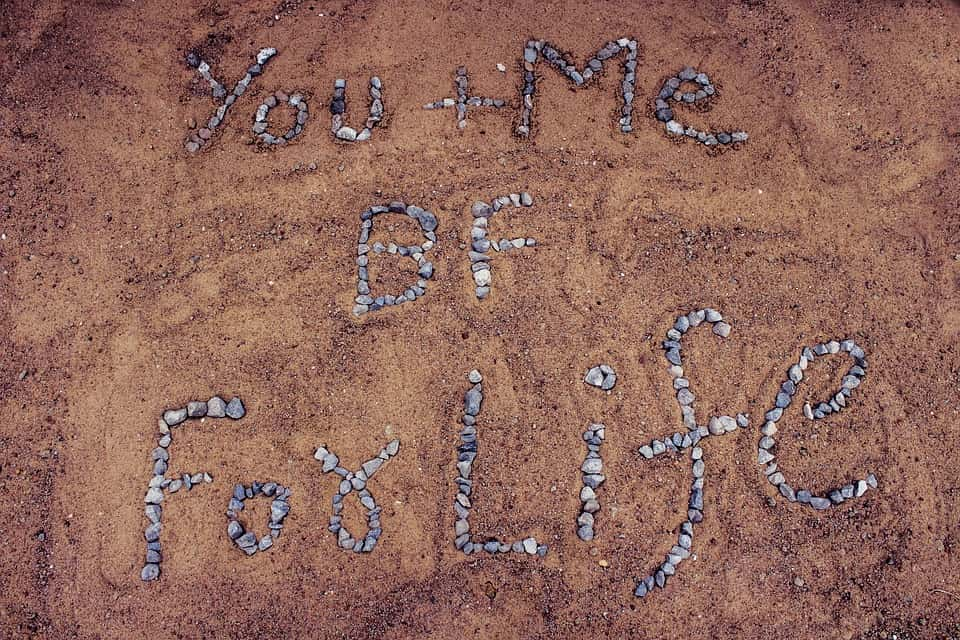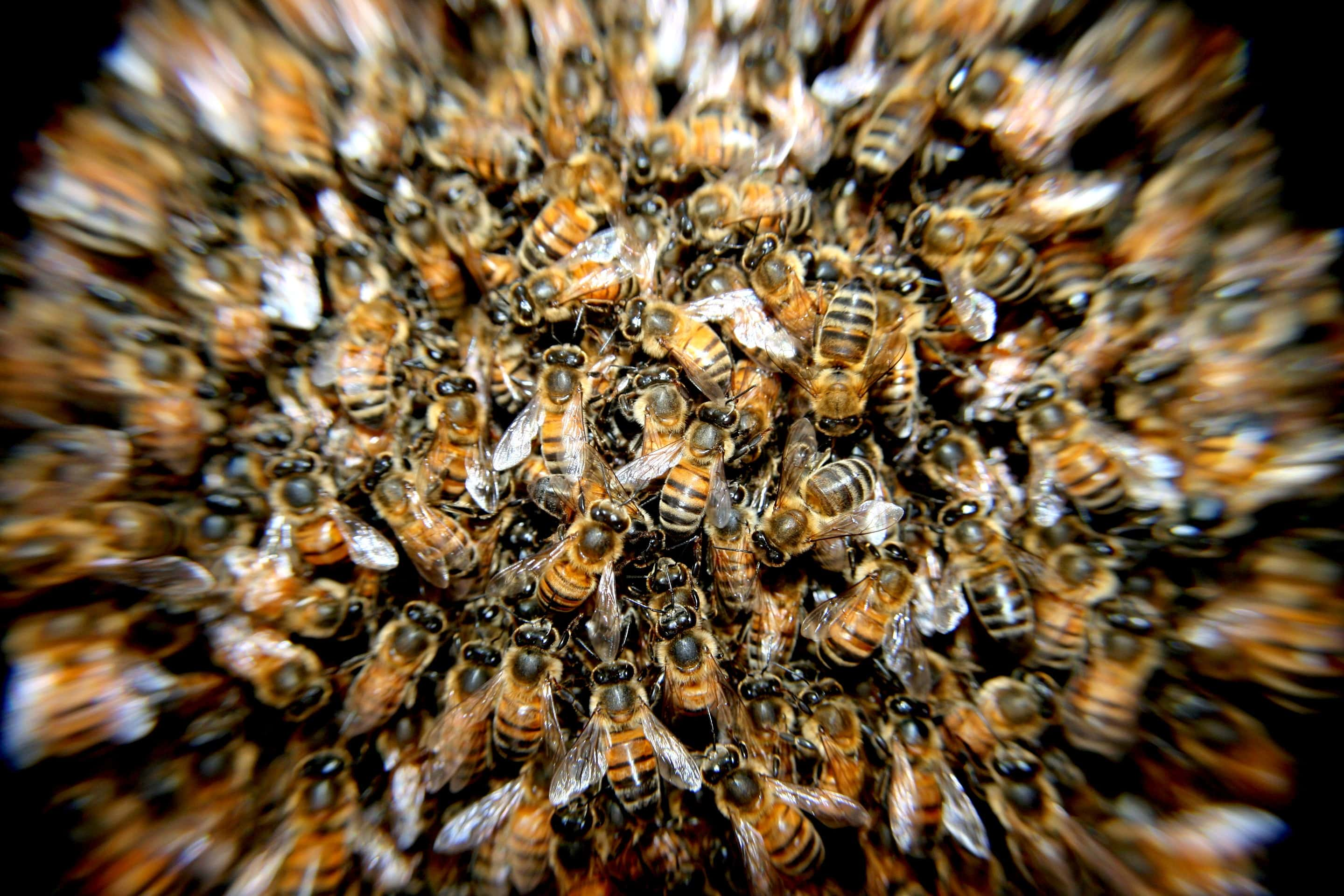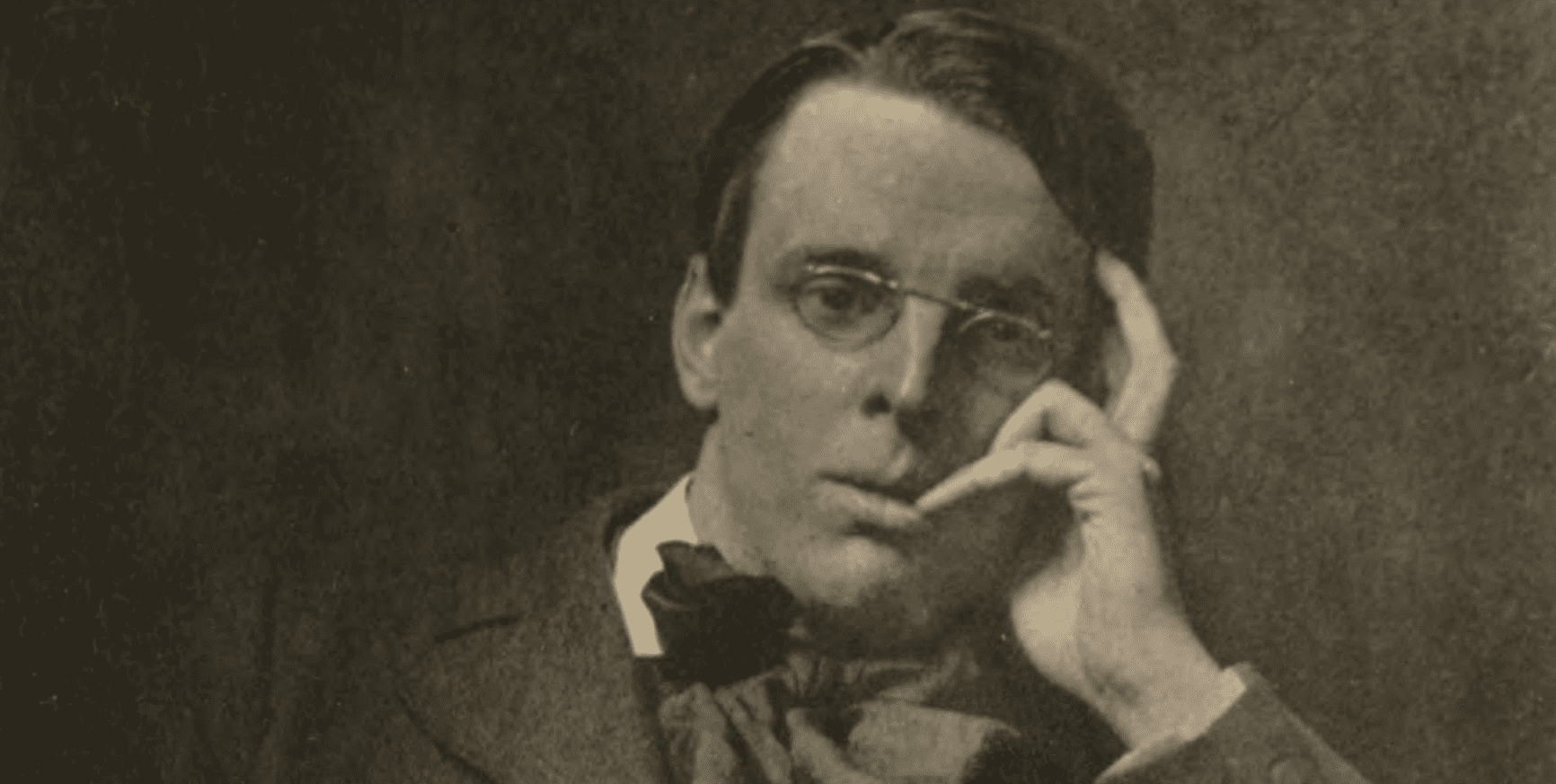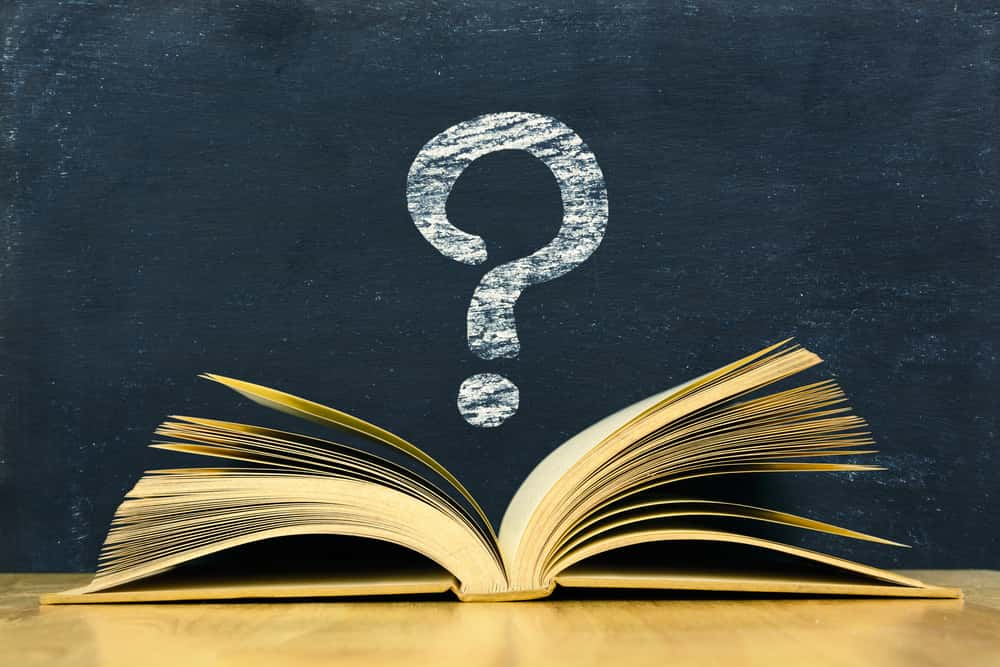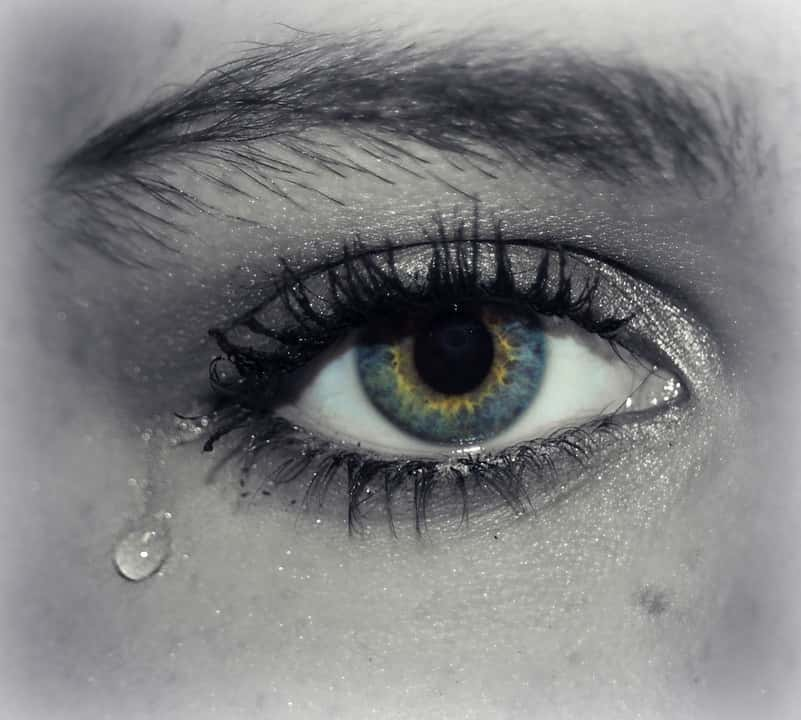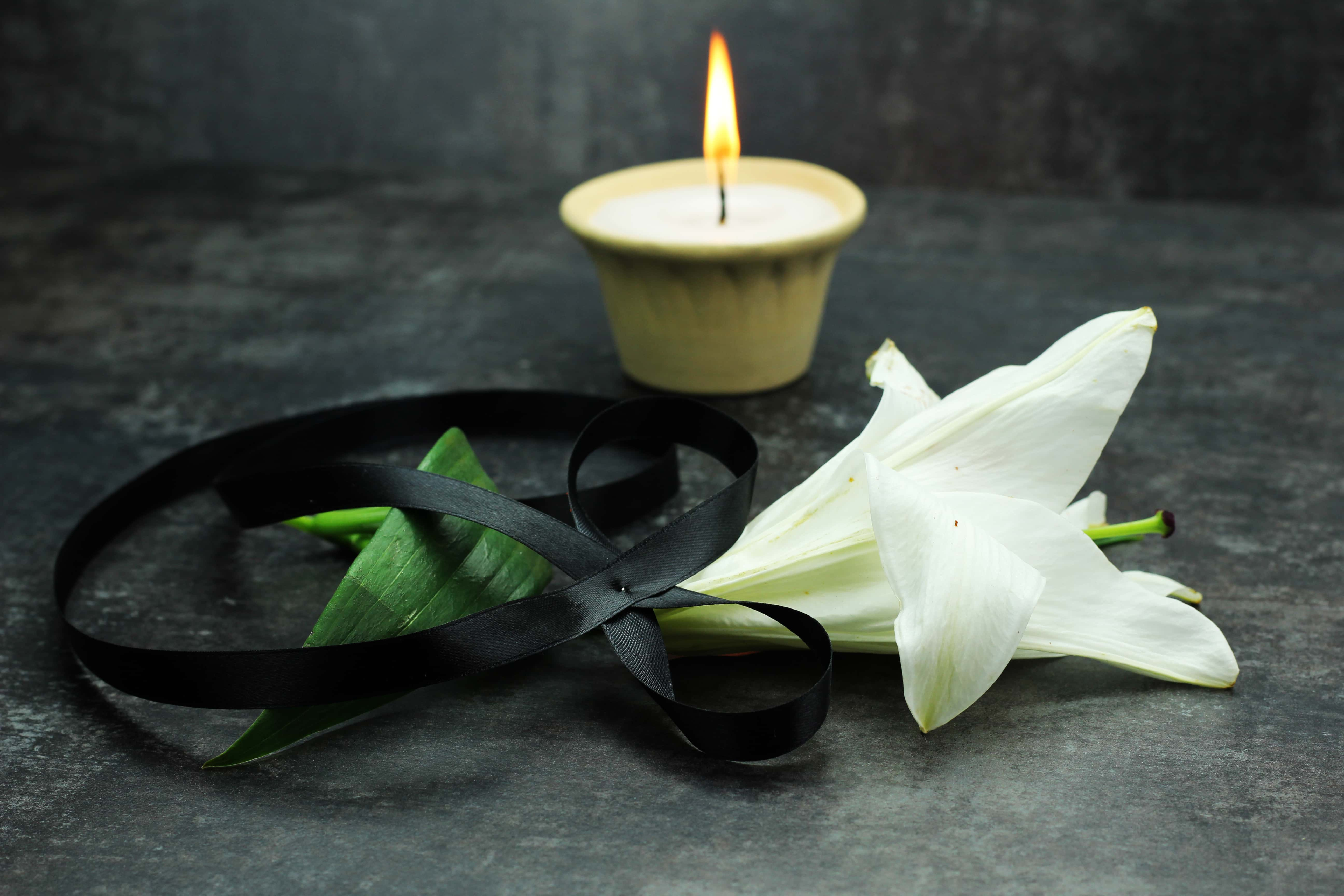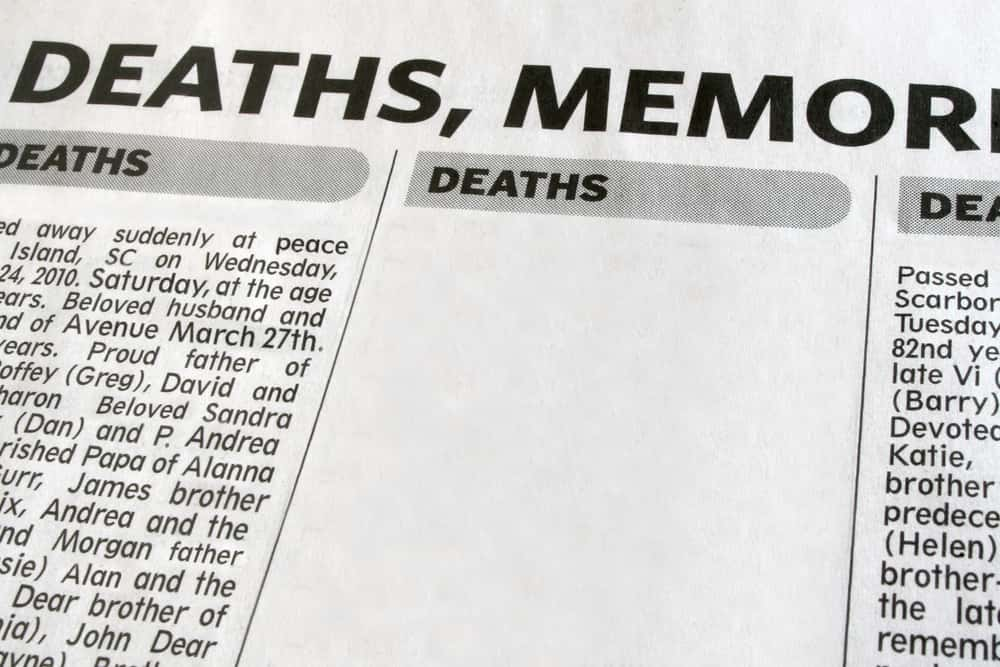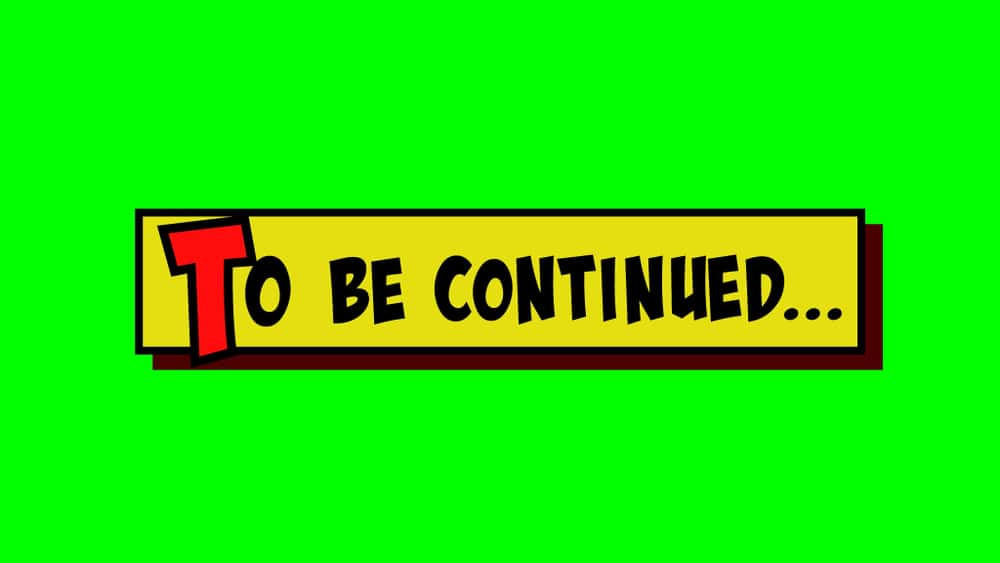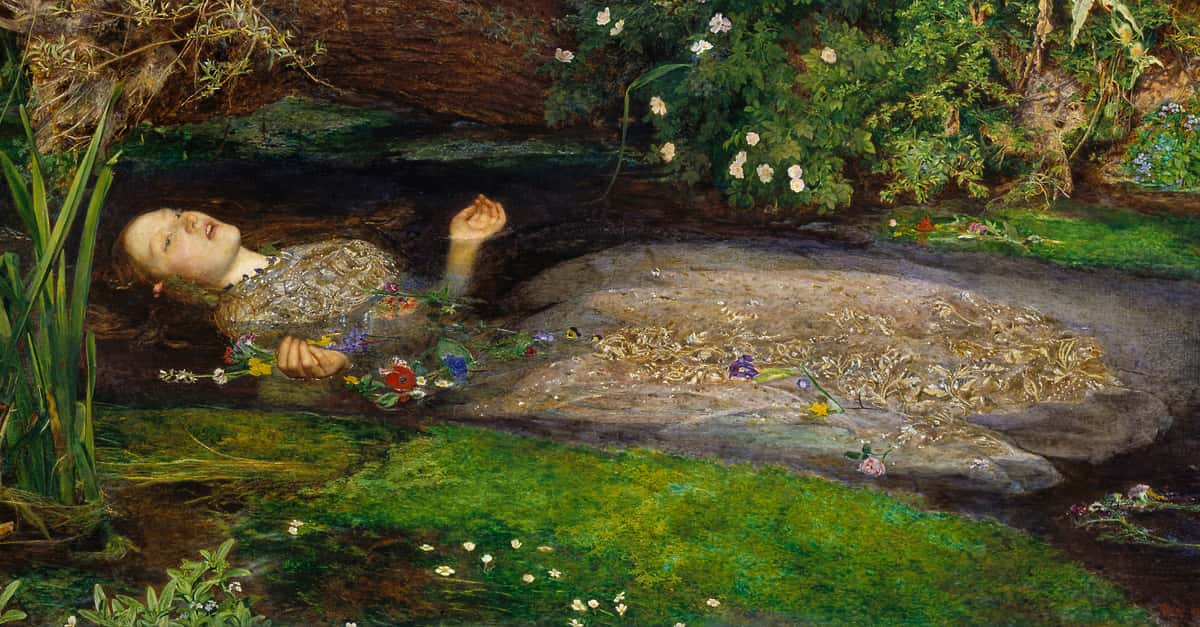Sylvia Plath was an American poet and author, most famous for her novel The Bell Jar and for her style of ‘confessional poetry,’ in which she focused on her own personal experience and trauma. After suffering from depression for the majority of her life, she died by suicide in 1963. Today, she is remembered alongside other influential and important female authors such as Virginia Woolf, and has become a cultural icon. Below are 45 tragic facts about the brilliant poet and author.
Facts About Sylvia Plath
45. Not Going Back
The BBC in England produced a film called Sylvia which focused on the relationship between Plath and husband Ted Hughes. Plath’s daughter Frieda said that the network had contacted her several times asking her to collaborate, but she refused, not wanting to return to that painful part of her childhood.
44. Put it in a Poem
Frieda Hughes was so frustrated with the BBC’s lack of consideration for her feelings about the film about her parents that she not only refused to allow them to use her mother’s poetry in the film, but she channeled her anger in a poem. The 48-line poem, called “My Mother,” accused the network of capitalizing on Plath’s suicide.
43. Newly Discovered
55 years after the death of Sylvia Plath, a new short story/novella was published in Britain by publisher Faber & Faber. The story was rejected by Mademoiselle magazine back in 1952, when Plath was still a student at Smith, and is being released to mark the publisher’s 90th anniversary.
42. A Simple Name
When Sylvia Plath was 8 years old, she published her first poem, simply titled “Poem”. The piece appeared in the Boston Herald newspaper and was the first of many other works that would be published in newspapers and periodicals. Unlike the dark and morbid poems she wrote in her later life, this poem was literally short and sweet.
41. It’s Not Very…Novelistic
After receiving a $2,080 novel-writing fellowship from a publisher, Plath likely expected that they would publish The Bell Jar, but much to her frustration, they rejected it. They called the book “disappointing, juvenile, and overwrought,” which is definitely not what an author is hoping to hear. While she did find a British publisher for it, she struggled to find an American publisher, with one telling her: “We didn’t feel that you had managed to use your materials successfully in a novelistic way.” Ouch!
40. Dabbling in Art
Before switching to writing, Plath was studying studio art at Smith College. As a child, she would often draw and paint and sketch, but teachers convinced her to switch when they recognized her way with words.
39. Putting on a Pretense
In letters written to her younger brother Warner, Plath warned, “She can’t take big problems or excitements without staying awake all night, and so our main responsibility is to give her the illusion (only now it hardly seems like an illusion) that we are happy and successful and independent.” Contrarily, her journals revealed a deep hatred of her mother, and a life very different than the one she painted for her mother.
38. Promise Me
The death of Plath’s father when she was just 8 years old reinforced her fear of abandonment. She was so worried about it that she wrote a contract for her mother to sign making her promise never to remarry—her mother signed it.
37. Bona Fide Genius
At age 12, Plath’s IQ was measured at 160, well above the 140 that typically qualifies. Ironically, when her family moved from Winthrop to Wellesley, her mother had her repeat the fifth grade. Despite how it might have looked, the decision had nothing to do with any struggles in school, and Path always excelled in her courses.
Plath had started school two years early, but her mother felt being with kids her own age would help her ease the stress of everything else that she was dealing with, like her father’s death.

History's most fascinating stories and darkest secrets, delivered to your inbox daily.
36. Lifelong Friend
Olivia Higgins Prouty was a romance novelist and poet who funded a scholarship at her alma mater, Smith College, for promising young writers. Plath was the lucky recipient of that scholarship, and she later became friends with her patron. Prouty gave Plath money for her medical expenses while she was recovering from her first suicide attempt in 1953 and was the inspiration for the character Philomena Guinea in Path’s novel The Bell Jar.
35. A Foreign Pen Pal
At age 15, Plath became pen pals with a German teenager named Hans-Joachim Neupert. Despite growing up during WWII, Plath’s upbringing had been pretty sheltered, and she was eager to learn more about the world outside of her bubble. The pair corresponded for five years, discussing everything from education to religion, personal philosophy, and her hopes and fears. Ever the artist, some of the letters even have some of Plath’s own drawings.
34. Passionate Pacifist
Plath was vehement in her hatred of war, and publicly came out against the Korean War. In a 1950 letter to her German penpal, she called the dropping of the atomic bomb “a sin.”
33. A Lasting Impression
The summer after high school graduation, Plath took a summer job that would make such a strong impression on her that it worked its way into her writing later in life. She and her brother Warren took jobs on a farm in Dover, Massachusetts, and she described it in her journal as “the first job and the sweetest.”
32. Professional Yield
The farm job also produced a first for Plath: a poem to be published by a major publication. The poem and a journal article were published in The Christian Science Monitor, and the editor loved it so much, he included a note “We hope that you will try us again soon with articles and essays for these columns.”
31. A Flight of Fancy
In two little-known works that she wrote for children, Plath demonstrated a more whimsical side. In 1959, she wrote a children’s story about the dangers of being self-conscious, but that wasn’t all. Several years after her death, British publisher Faber & Faber published a volume of poems that Plath wrote for her kids about different kinds of beds.
Unlike the confessional style of her adult poetry, these poems were fantastical and escapist. The original British edition was illustrated by famed artist Quentin Blake, who is best known for illustrating the works of Roald Dahl. What a combo!
30. Double Tragedy
Ted Hughes, Plath’s husband, experienced tragedy for a second time when his mistress Assia Wevill, for whom he left Plath, killed herself in a way that was similar to Plath. Unlike Plath, who left food and water for her children and ensured they were safely in their room, Wevill gave her four-year-old daughter sleeping pills before taking some herself, turned on the gas stove, laid down with her on a bed she’d dragged into the kitchen, and waited to die.
29. A Significant Date
June weddings are a pretty common occurrence, but Plath had a specific reason for choosing June 16 for her own wedding to Ted Hughes. She chose the date in honor of the date of Bloomsday from James Joyce’s novel Ulysses. Joyce chose the 16th for his novel because it was the day of his first real date with his future wife. That’s so romantic!
28. For the Bees
Plath’s father was an entomologist (a scientist who studies insects) and was an expert on bees. When Plath was 2 years old, he published a thesis on bees, which also became near and dear to her heart. While living in Devon with her husband Ted Hughes, Plath took up beekeeping as a hobby, and according to excerpts in letters she wrote to her mother, she was quite buzzed about it! She also wrote a five-poem sequence about the insects, which was published in her posthumous collection Ariel.
27. Never Again
Plath’s father died when she was 8 years old, and even at that tender age, it had a significant impact on her. When her mother told her of his death, she reportedly said “I’ll never speak to God again!”
26. A Not So Good Omen
From 1962 until her death a year later, Plath rented a flat on 23 Fitzroy Road in London, which had belonged to the poet William Butler Yeats. She thought the flat would be a good omen for her writing.
25.Finding Her Voice
Although Plath exhibited talent for writing at a young age, it took a while before she found her own voice. Her early poetry emulated poets such as Dylan Thomas, Wallace Stevens, and W.H. Auden, and she made extensive use of a thesaurus while perfecting her technical craft.
24. Not as Expected
The reception for The Bell Jar was definitely not what Plath was hoping for. The book received mostly apathetic reviews, and Plath was disappointed at being passed over. She died just a few weeks later, and never lived to see its eventual success.
23. Preventing Embarrassment
When The Bell Jar was first published, it wasn’t under Plath’s name, but under the pseudonym Victoria Lucas. The novel was highly autobiographical, her publisher was worried about libel suits from people depicted in the book. Plath also wanted to make sure that her mother was protected from embarrassment, so keeping her name out of it was the wisest idea at the time.
22. The Work of a Poet
In addition to protecting her “characters,” Plath had a secondary motive for publishing The Bell Jar under a pseudonym. She already had a serious literary reputation as a poet, and didn’t want to risk sullying that reputation by having the book judged as “the work of a poet.”
21. Cash Considerations
It wasn’t until after Plath’s death that The Bell Jar was finally published in her own name. Ex-husband Ted Hughes was the legal executor of her literary works and allowed it to be published in the UK under Plath’s name. Later, in 1971, Hughes reportedly wanted to buy a country house, so he allowed the book to be published in the US, hoping to generate some cash.
20. We’re Working on It
Plath and Hughes separated in September 1962, after she found out about his affair with Assia Wevill. Plath was reportedly devastated by his infidelity, but in a foreword for Ariel, Plath’s daughter wrote that her father thought that Plath might reconsider and that they were “working towards it” at the time of her death.
19. Mutual Dislike
Olwyn Hughes was close to her brother Ted, but Plath was another story. While the two women didn’t meet more than a few times, they weren’t what you’d call friends. Olwyn once wrote of Plath that she “thought she was pretty straight poison” and Plath thought Olwyn to be selfish. Their mutual dislike reached a boiling point at the Hughes family Christmas in 1960. They had a doozy of an argument, and the two women never spoke again.
18. Correcting the Wrongs
Despite their dislike of one another. Olwyn Hughes regretted her final meeting with Plath, but that didn’t stop her from speaking ill of Plath. After her brother’s death, she took over as literary executor of Plath’s work, and while she claimed that she was trying to be fair to Plath, she also hated what she called “vampire biographies” of Plath, and thought the relationship between her and Hughes had been incorrectly portrayed.
She exercised so much control over every word being written about Plath, she prevented several biographies from being published, and oversaw another to the point of people calling it a work of “dual authorship.” Ironically, Olwyn Hughes’ interference only fed into the martyrdom of Plath and the villainization of her and her brother. Talk about a misfire!
17. Missing Dedication
When Plath wrote The Bell Jar, she dedicated it to her friend Elizabeth Sigmund and her husband David, but the dedication was left out of the first edition published by Faber & Faber in the UK. Sigmund accused Olywn and Ted Hughes of deliberately leaving it out, claiming that they wanted to make sure nobody who knew Plath would ever have contact with the press. Hughes denied the claim and said they were “probably trying to save a sheet of paper.” A likely story!
16. What Do You Think?
Frieda Hughes, the daughter of Sylvia Plath and Ted Hughes, is an accomplished writer in her own right. As she explained in an interview, she was 35 before she even showed her father her poems, instructing him to tell her only whether they were “not bad,” “past hope,” or “could be better,” and to give no writing instruction at all. Now that must have been a tough assignment!
15. A Terrifying Encounter
In her journals, Plath wrote about a horrible experience she had on a blind date in her first year of college. Although the date was initially going well, the date turned into creepy psycho once they left the restaurant, telling her that he wanted her to be all his before attempting to sexually assault her. The experience had a traumatic effect on Plath, and she described knowing that she’d be afraid to ever be alone or even to take a walk again, and she hated him for it. And rightly so!
14. A Zap to the Brain
As treatment for depression, Plath received electroshock therapy. Her first treatment was at age 20, after her first suicide attempt, and she pulled from these experiences to write The Bell Jar.
13. Testing the Waters
Plath’s first suicide attempt came in her third year of college, which was the time in her life that served as the inspiration for The Bell Jar. She cut her legs to see if she had the courage to kill herself. It was just a few weeks later that she tried it for real.
12. Foreshadowing
In the 1962 poem The Lady of Lazarus, Plath wrote a passage about dying that includes the lines “Dying Is an art, like everything else. I do it exceptionally well.” Just four months later, life, the words of the poem came true, and she died by suicide.
11. A Changed Opinion
After graduating from Smith College, Plath accepted a teaching job at the college, but her view of the college and of teaching changed once she was in it. Once they were her co-workers, she found her teachers to be not quite as admirable, and she had little time to write her poetry. By November of that year, Plath made the decision to leave academia and focus on writing instead. A wise choice!
10. It Runs in the Family
Plath’s son Nicholas’s life was marred with tragedy. He lost his mother to suicide as an infant, and 6 years later, his half-sister died when her mother committed suicide and gassed them both. Like his mother, Nicholas suffered from depression and in 2009, at the age of 47, he hanged himself at his home in Alaska.
9. Keeping it Quiet
When Plath died, there were very few obituaries printed mentioning her death, and of those that were, weren’t what you’d call accurate. Many of the obituaries referred to her by her married name, Mrs. Hughes, and not her real name. One said that she’d died from pneumonia. The reason is mostly speculation, but one biographer suggests that it had to do with the stigma surrounding suicide at the time, and that obituaries for these particular causes of death were frequently not printed.
8. Borderline Stalker
While a guest editor at Mademoiselle, she missed an impromptu lunch that her editing manager had with the poet Dylan Thomas. She was so upset at missing this meeting that she pretty much started stalking him. She spent days hanging out at his favorite taverns in New York City, and waiting for him in the hallway of his hotel trying to catch him. Just a wee bit obsessive!
7. I Bite Your Cheek
The first time Plath saw Ted Hughes was at a party. They spotted each other from opposite ends of the room, and one thing led to another, and they ended up in a room alone together. He kissed her neck and she bit him hard on the cheek—hard enough that he had blood running down his face. They married four months later.
6. Unfinished Novel
When Plath died, she was working on another novel called Doubletake or Double Exposure, about the unraveling of her marriage to Ted Hughes. Plath thought that it was even better than The Bell Jar and told her friends, “If I can laugh now, it must be hellishly funny stuff.”
5. Mysteriously Vanished
Ted Hughes, the literary executor of Plath’s estate at the time, originally said that Plath’s unfinished novel was 130 pages. He later revised the number to 60 or 70 pages and then claimed in 1970 that the novel disappeared. A likely story!
4. Back Tomorrow
In July 1953, Plath suffered a mental breakdown. She wrote in her semi-autobiographical novel that she could neither eat nor sleep, but her mother later disputed the fact, claiming that she’d been reading Freud’s Abnormal Psychology but had been “despondent.” At the end of August that year, she left a note for her mother, telling her she’d gone for a walk and would be back the following day, but ended up taking a blanket, water, and a bottle of sleeping pills down to the cellar, where she attempted suicide. She was down there for three days before they found her.
3. Commercial Success
Ironically, Plath’s commercial success didn’t occur until after her death. In 1960, her second collection of poems Ariel sold an almost unheard of 15,000 copies in less than a year after being published in the UK. The collection was also met with some controversy, as Hughes substantially edited the collection, rearranging the poems and adding and removing content, which many saw as a total jerk move and completely self-serving.
2. Four Little Words
Sylvia Plath was found dead by suicide on February 11, 1963. She's sealed herself in the kitchen and stuck her head in the oven, dying by carbon monoxide poisoning. Her safety precautions of sealing the kitchen off spared her children. Plath’s suicide note was made up of just three words. It read “Call Dr. Horder,” and listed his phone number. Since then, people have debated whether or not she actually intended to kill herself, or if it was supposed to be a cry for help. Sadly, the world will likely never know.
 Shutterstock
Shutterstock
1. Whose Side Are You On?
Otto Plath, Sylvia’s father, was born in Germany and sailed to the United States at age 15, becoming a university professor and scientist. In 2012, newly released F.B.I. files confirmed that Otto Plath was investigated for being sympathetic to Germany during WWI. Although no proof was found of disloyalty to America, Plath claimed otherwise in her journals, writing that “He … heiled Hitler in the privacy of his home."
She repeated her claim again in her poem Daddy, referring to him as having an “Aryan eye,” calling him a fascist, and saying that he worshipped the swastika. Brutal!
Sources: 1, 2, 3, 4, 5, 6, 7, 8, 9, 10, 11, 12, 13, 14, 15, 16, 17, 18, 19, 20, 21, 22, 23, 24, 25, 26, 27, 28, 29, 30, 31, 32, 33, 34, 35

